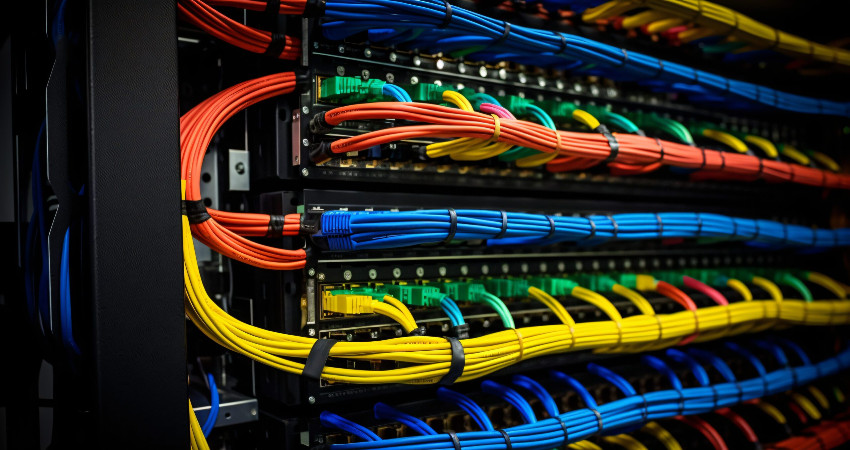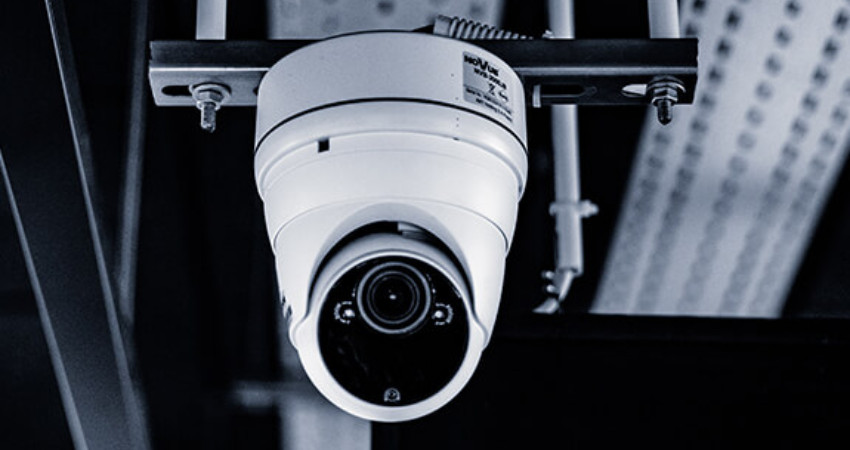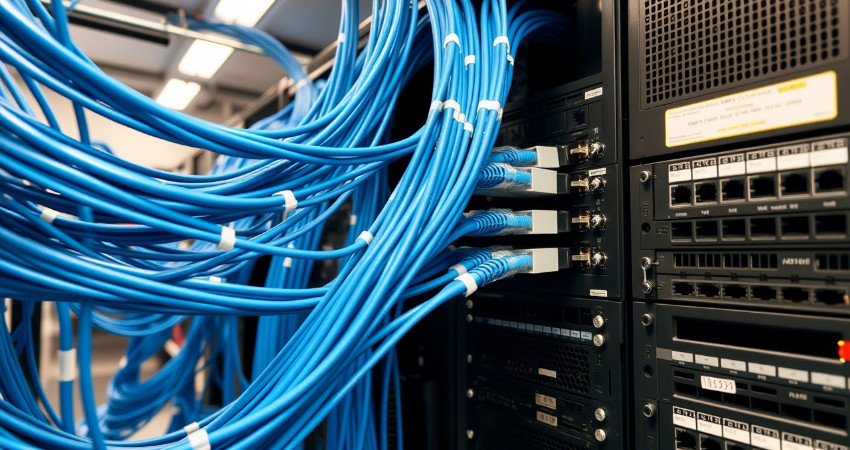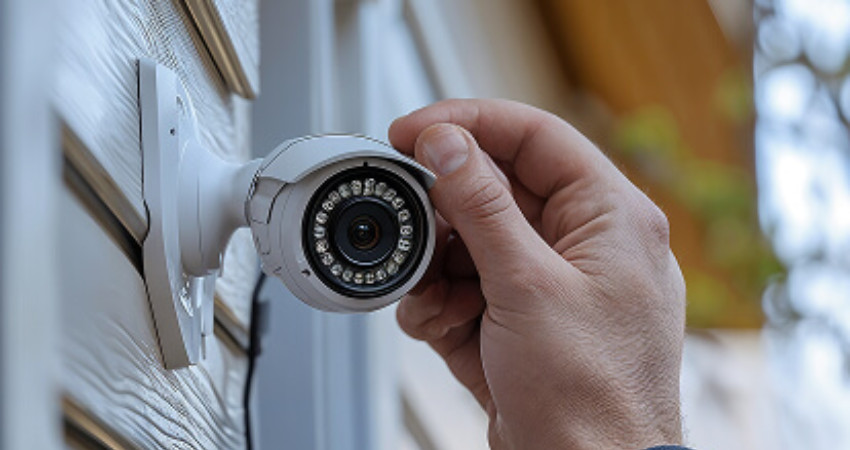
Structured Cabling vs Traditional Wiring: Which Is Better?
If you’re setting up a new office or upgrading your building’s network, one big question comes up: Should you go for structured cabling or stick with traditional wiring?
The difference matters more than you might think. Poor cabling can slow your systems, limit upgrades, and waste money down the road.
Here’s a simple breakdown to help you choose what’s best for your setup.
What Is Traditional Wiring?
Traditional wiring connects devices in a point-to-point manner. Every time you add a new device—like a computer, printer, or access point—you run a separate cable directly to it.
This approach works for basic setups with very few connections. But it gets messy and hard to manage as your system grows.
What Is Structured Cabling?
Structured cabling is an organized system of cables, patch panels, and ports. Everything connects to a central point, usually a rack or cabinet, where the network is managed.
Instead of running individual cables to every device, you create a backbone. You build once, then plug in devices as needed.
Think of it like building roads and lanes instead of creating new paths for every car.
Key Differences
1. Organization and Cleanliness
- Traditional Wiring:
Cables run directly to devices. Over time, it turns into a spaghetti mess—especially behind desks or on the ceiling. - Structured Cabling:
Clean, labeled, and routed through cable trays or trunking. Easy to trace and manage.
Example:
A tech company in Westlands reduced its network troubleshooting time by over 40% after switching to structured cabling. Before, it took them hours to trace a single failed cable.
2. Scalability
- Traditional Wiring:
Every new device needs its own cable. You start drilling holes and running wires again. It becomes a mess. - Structured Cabling:
Built for expansion. You add devices using existing ports. No major rewiring needed.
Tip:
If you plan to grow your network, structured cabling saves time and future costs.
3. Performance and Reliability
- Traditional Wiring:
Higher risk of interference and inconsistent performance. No centralized control. - Structured Cabling:
Designed for high-speed data and long-term stability. Signals stay strong and clean.
CAT6 or CAT6A cables used in structured cabling support higher bandwidth and faster speeds across longer distances.
4. Troubleshooting and Maintenance
- Traditional Wiring:
Troubleshooting is guesswork. You may have to unplug several cables before finding the faulty one. - Structured Cabling:
Everything is labeled and routed through panels. If something fails, you know exactly where to check.
You also reduce downtime because you spend less time figuring out the problem.
5. Cost
- Traditional Wiring:
Cheaper upfront, especially for small setups with limited devices. - Structured Cabling:
Higher initial cost, but pays off in the long run. Easier upgrades, lower maintenance, and fewer disruptions.
A 10-user office might spend more during setup, but over 2–3 years, they recover the cost through reduced IT support and faster issue resolution.
6. Appearance and Professionalism
- Traditional Wiring:
Messy cables hurt the look of your workspace. Hanging wires or visible cabling makes the space feel unplanned. - Structured Cabling:
Clean, hidden, and organized. Looks better and feels more secure.
First impressions matter—especially for offices that host clients or partners.
So Which One Is Better for You?
Ask yourself:
- Will your setup grow over time?
- Do you need to support phones, computers, access points, CCTV, and other systems?
- Do you want to avoid frequent rewiring?
- Would you rather pay once and build a system that lasts?
If you answered yes to any of these, structured cabling is the better choice.
For small or temporary setups, traditional wiring might still work. But if you're planning for the future, go structured.
Final Thought
Cabling isn’t just about connecting devices. It’s about building a system that works today and doesn’t break tomorrow. Structured cabling gives you that foundation.
It helps you stay organized, solve problems quickly, and scale without stress.
Talk to your installer. Walk them through your needs. Then choose the setup that supports your space, not just now, but long term.






